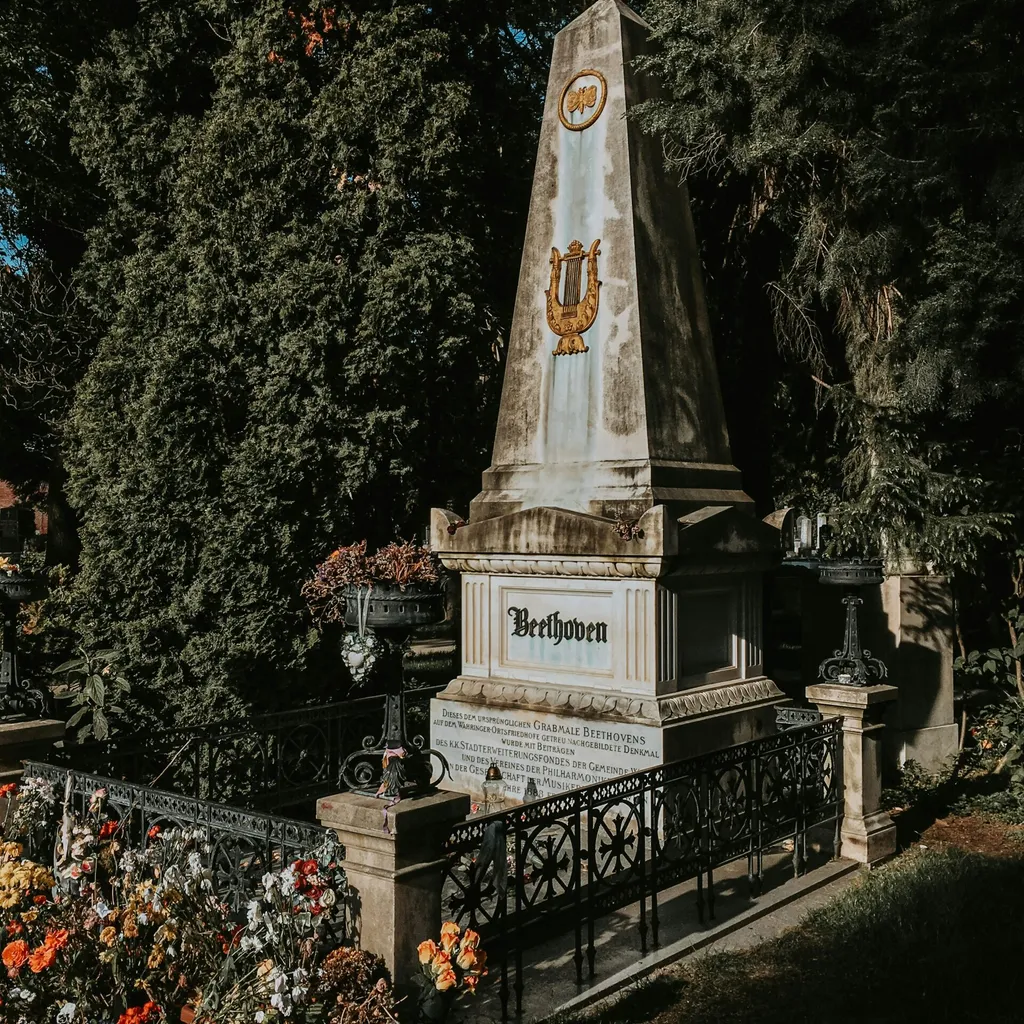When Beethoven wrote the last notes of the alternative finale for his Op. 130 String Quartet in the autumn of 1826 – the original ‘Grosse Fuge’ (which we named as one of the best Beethoven works) had been deemed outlandishly difficult by audiences and critics – he could not possibly have imagined it would be the final piece of music he completed.
undefinedSoon after finishing it, the composer hitched a ride on a milk cart from his brother’s country residence to his home in Vienna. Overnighting in an unheated inn room in freezing weather, he contracted a hacking cough with pains in his side, and a doctor was immediately summoned when he arrived back at his apartment in Schwarzspanierstrasse.
The illness that finally killed off the great composer
Though concerning, news of Beethoven’s indisposition would not necessarily have alarmed his friends and associates – he had prevailed over numerous illnesses in the past three decades, many of them abdominal. But this new one quickly became more serious, with lung inflammation, spitting blood, jaundice, vomiting and diarrhoea among the symptoms.
By March 1827, the doctors despaired of a recovery and Beethoven himself knew that the end was near. ‘Pity, pity, too late,’ he whispered, when a case of his favourite wine arrived belatedly from his publisher Schott.
When and how did Beethoven die?
Beethoven died on 26 March 1827, aged 56, by one account raising his clenched fist skyward in a final defiant gesture. Speculation about the cause of death has proliferated since his passing, the most recent medical evidence identifying liver disease and hepatitis B as likely culprits.
The Finale of Beethoven's Op. 130 String Quartet – his final work
Crowds of Beethoven fans paid their respects
Although in life Beethoven had railed angrily about a lack of support for himself and for his music, his death produced an outpouring of grief and respectful recognition. A steady stream of visitors arrived at the Schwarzspanierstrasse apartment to view Beethoven in an oak coffin flanked by burning candles, his head crowned by a garland of white roses, his hands clasping a cross and a white lily.

Beethoven's funeral
Beethoven's funeral took place on the afternoon of 29 March 1827 and was, according to one Beethoven biographer, ‘one of the grandest Vienna ever put on for a commoner’. When the coffin was shifted to the courtyard of Beethoven’s building, crowds thronged around it, making progress difficult. Beethoven’s fellow composers Czerny, Hummel and Schubert (a torchbearer) were among the official mourners, and it’s estimated that anything from 10,000 to 30,000 people attended the funeral procession. The route to the nearby Church of the Holy Trinity in Alsergasse (the Alserkirche), normally a ten-minute stroll, took a strenuous hour to negotiate.

From the Alserkirche the cortège wound its way to the cemetery at Währing, a suburb of Vienna about one-and-a-half miles away. At its gates, an actor delivered a grandiose oration penned by the dramatist Franz Grillparzer – ‘As Behemoth storms through the sea, so he flew over and across the borders of his art’ – and at the graveside Hummel dropped three laurel wreaths on to the coffin.
The music of Beethoven's funeral
On the way, a group of singers and four trombonists performed a ‘Miserere’ arranged by the composer Ignaz von Seyfried from two Equale for four trombones Beethoven had written 15 years previously. At the service of blessing in the Alserkirche another choral piece was sung – Seyfried’s own setting of ‘Libera me Domine’, originally composed ‘in continuation of Mozart’s Requiem’ (which we named as one of the best requiems of all time). Beethoven himself had seemingly left no indications of what should be played at his own funeral.
Where is Beethoven buried?
Währing was not, however, Beethoven’s final resting place. The cemetery closed in 1873, and in 1888 the composer’s remains were moved to a more prominent location at Vienna’s Central Cemetery (Zentralfriedhof), where they remain today. A replica of the Währing headstone accompanied them, with one word only deemed necessary for identification: ‘Beethoven’.

Top image: mourners line the streets for Beethoven's funeral procession (credit: Getty Images)